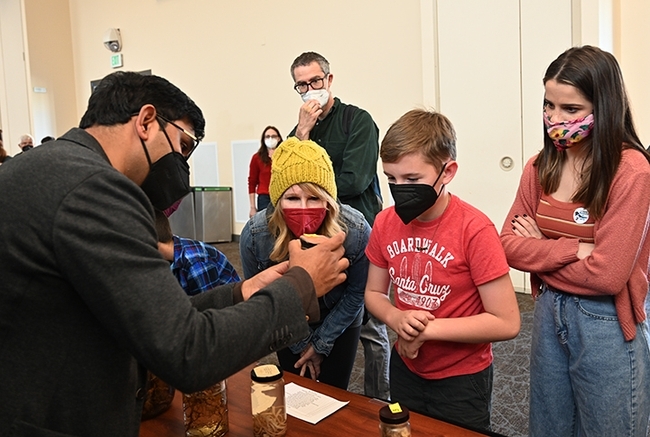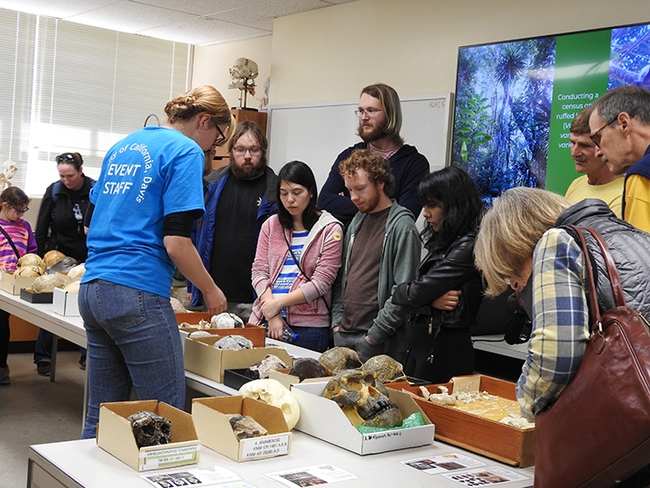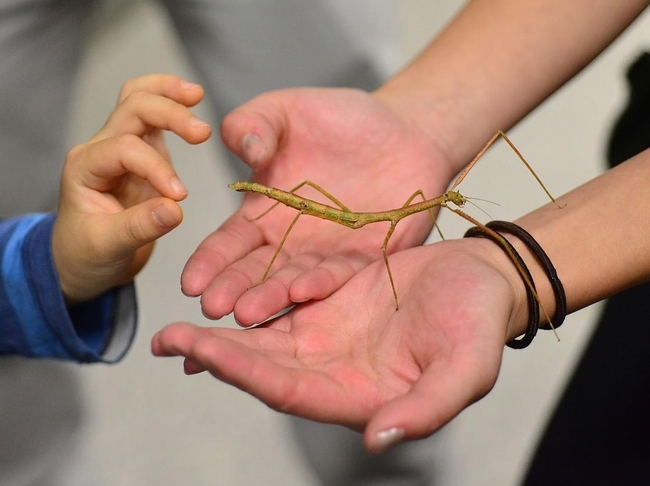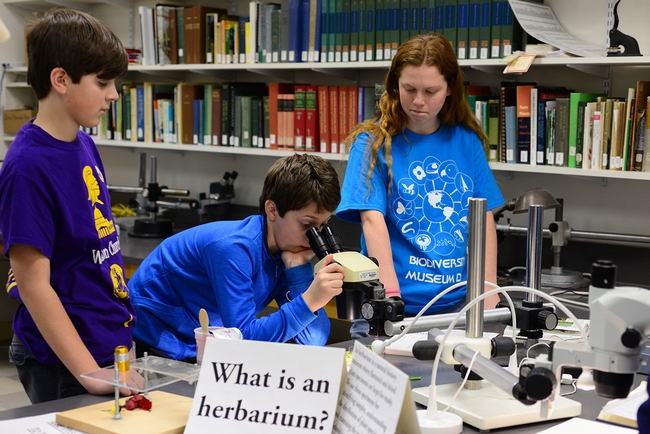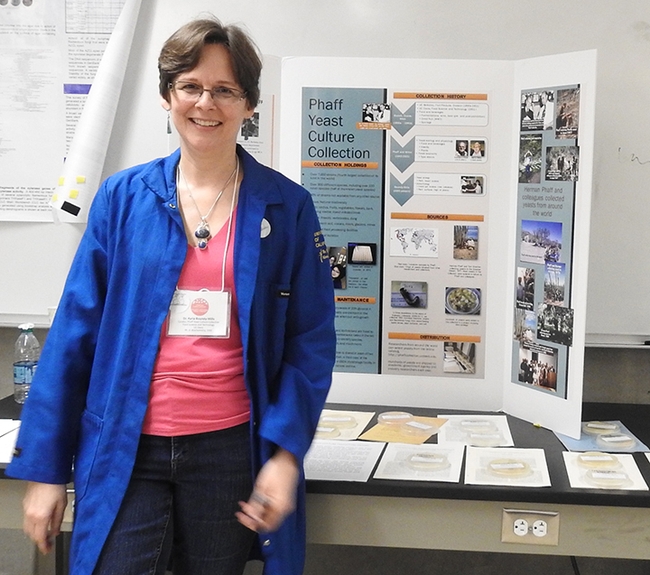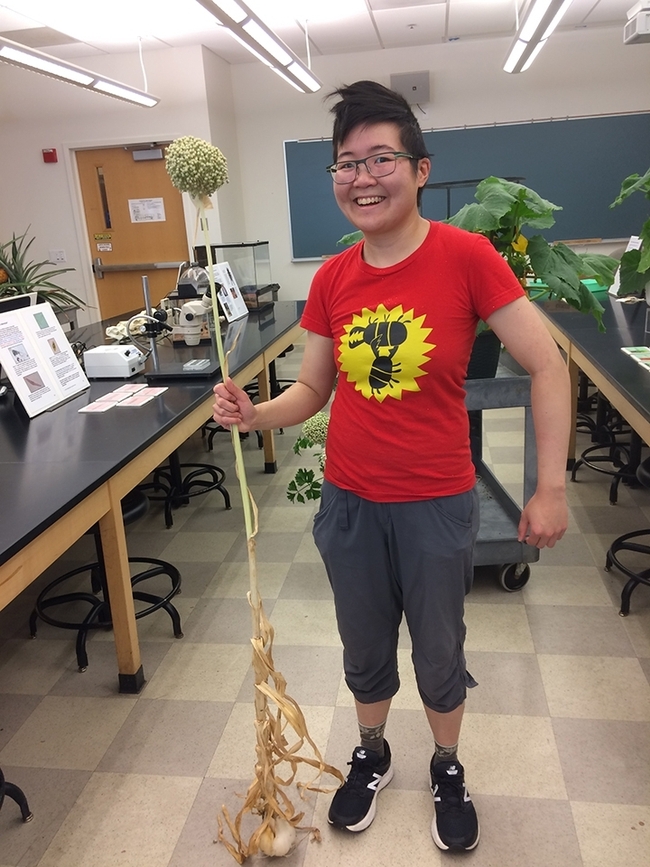- Author: Kathy Keatley Garvey
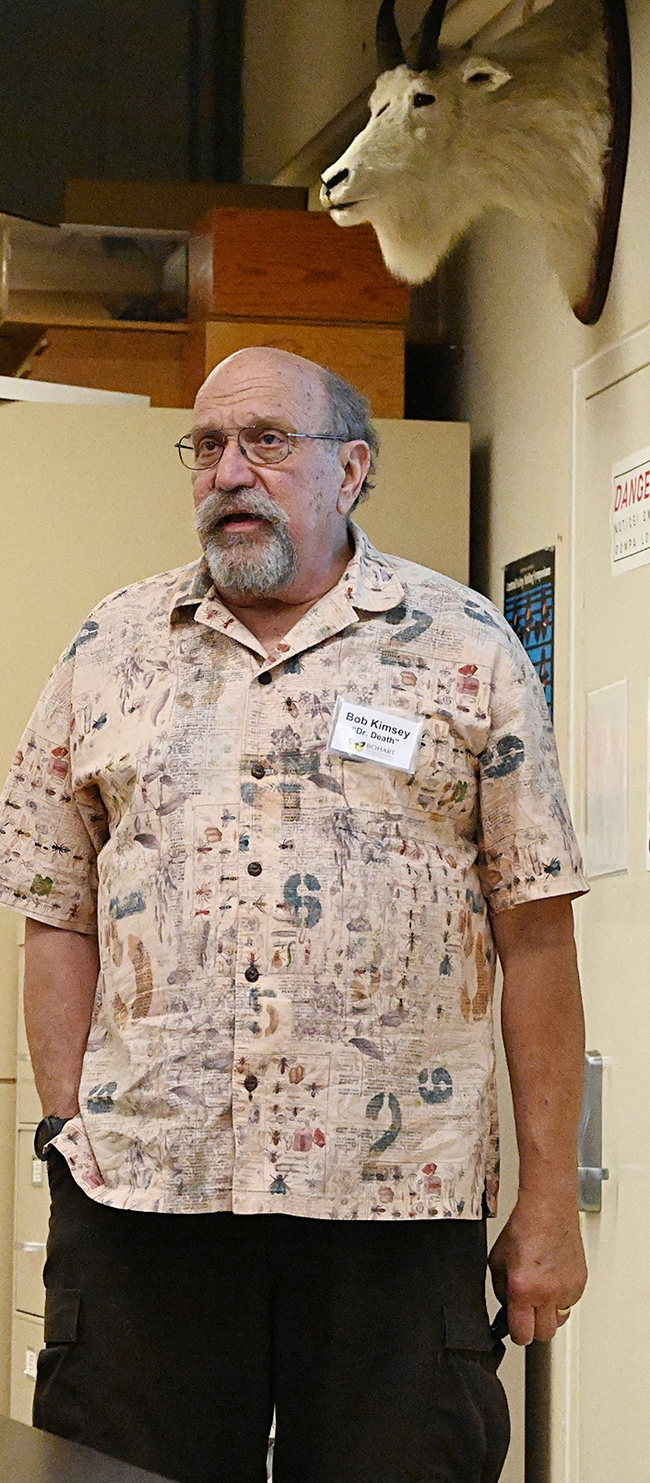
He told the villagers to line up in town square with their sickles. When they did, he immediately fingered the killer. The killer confessed.
How did Song Ci know? Because minute traces of blood left on the "cleaned" sickle drew a swarm of blow flies.
That was one of the stories that UC Davis forensic entomologist Robert "Bob" Kimsey of the Department of Entomology and Nematology recounted in his 45-minute talk during the Bohart Museum of Entomology open house on "Forensics and Insects."
Song Ci, also a judge, physician, anthropologist and writer, went on to author the book, Collected Cases of Injustice Rectified, containing the oldest known cases of forensic entomology.
In his presentation, Kimsey discussed the life cycle and development of blow flies and other insects. He is frequently called as a expert court witness at murder trials.
"Correct species identification is all important," said Kimsey, aka "Dr. Bob," in noting that different species have different development rates. He compared the life cycle of four species--Cochliomyia macellaria (secondary screwworm), Chrysoma rufifacies (a blow fly species), Phomia regina (a black blow fly), and Lucilia sericata (a common green bottle fly)--developing at a temperature of 27 Celsius. C. macellaria is the fastest and P. regina is the slowest, he said.
Kimsey also showed a chart illustrating the approximate age of a blow fly developing during a temperature of 72 degrees Fahrenheit. Another chart included information on the succession of arthropod taxa on carrion.
Following his talk, held in the nearby Museum of Wildlife and Fish Biology lecture room, Kimsey fielded questions in his "Dr. Death booth" in the Bohart Museum. He annually portrays Dr. Death at Briggs Hall during the annual campuswide UC Davis Picnic Day every April.
At the open house, the Bohart Museum displayed a number of species involved in forensic entomology, including
- Acalyptrate flies, numerous and diverse families, scavenging maggots
- Bluebottle flies, family Calliphoridae, scavenging maggots
- Green bottle flies, family Calliphoridae, scavenging maggots
- Large carrion, or burying beetles, family Silphidae
- Flesh flies, family Sarchophagidae, scavenging maggots
- Coffin flies, family Phoridae, scavenging maggots
- Clown or hister beetles, family Histeridae, predaceous beetles
- Red-legged ham beetle, family Cleridae, omnivorous predators that also scavenge
- Sap beetles, family Nitidulidae, "indirect" scavenge beetles
- Cockroaches, order Blattodea, scavenging larvae and adults
- Rove beetles, family Staphylinidae, predaceous beetles and their larvae
- Termites, infraorder Isoptera, scavengers for nitrogen
- Ants, family Formicidae, predators and scavengers
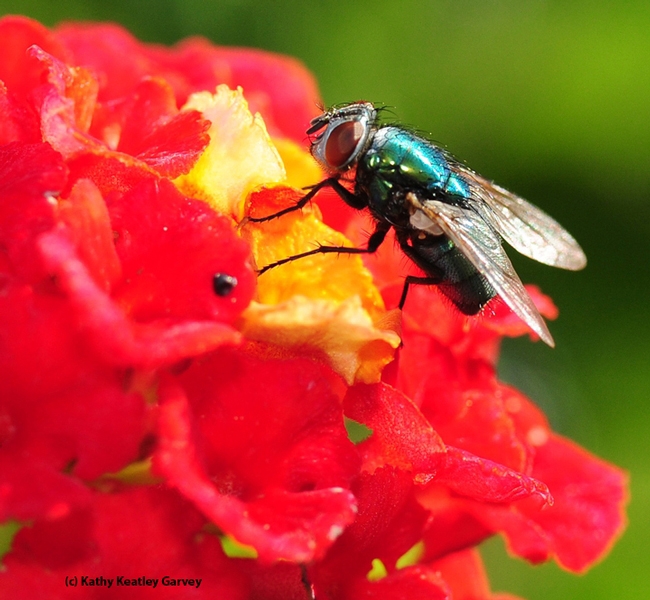
Ants: "Ants are a nightmare for the forensic entomologist! They are of little use as evidence as yet, but they can easily confound the development of vital evidence by establishing residency and defending the decedent from other scavengers, and further delay development of vital evidence by carrying off fly eggs and small maggots. Thus, they can delay progress of insect-mediated decomposition and feed vital evidence to their developing larval ants: the first, thus oldest and most important maggot cohorts (to the forensic entomologist)! They also ambush, kill and dismember female flies coming to the decedent to lay eggs."
Green Bottle Flies: "Green bottle flies are iridescent green in color. They belong to the genus Lucilia and comprise some of the most common flies with maggots that feed on carrion. A number of species, including the green bottle fly, Lucilia sericata, and the bronze bottle fly, Lucilia cuprina, have been introduced worldwide by human commerce, and the later, also known as the Australian sheep blow fly, commonly infests living sheep in Australia, causing enormous economic damage."
Termites: "In other parts of the world, insects exotic to what we in the temperate zones consider to be the standard groups associated with carrion, assist in the decomposition process. Termites in Central America exemplify such 'exotics' to decomposition, building mud casings over and defending carrion against all comers in an effort to garner nitrogenous materials to supplement their extremely nitrogen-poor diet."
Clown or Hister Beetles: "Distinctively shiny black and resembling a pill, these small to very small beetles feed on a great diversity of small arthropods found in carrion, including the smallest stages of maggots, fly eggs and scavenger or predaceous mites. Active at night, the numerous carrion-associated species appear in nearly all stages of decomposition, often specializing on prey found only in a particular stage.
Flesh Flies: "This very large family consists of large robust scavenger species and small species that parasitize other insects. The scavengers, Sarchophaga and Blaesozipha, frequently do not usually lay eggs but frequently deposit a small number of first-stage maggots on carrion, which puts their maggots at a distinct advantage over maggots of egg-laying species."
Cockroaches: "A number of cockroach species found around the house (peridomestic) will gnaw on the skin of decedents indoors during the early fresh stage of decomposition. They are well known to chew on the calluses, clean debris from under the fingernails and around the toes of sleeping sailors on ancient sailing ships right through to the current day. This kind of depredation occurs in circumstances of overwhelming cockroach infestations. In similar circumstances, they are also responsible for chewing on the ears and eyelashes of newborn infants in cases of child neglect."
The family art-and-crafts activity involved maggot-inspired art. Participants dipped maggots in non-toxic, water-based paint and guided them on white paper to create their masterpieces, suitable for framing or at least as conversation pieces. (Photos to appear in June 9th Bug Squad blog)
The next open house at the Bohart Museum is "Night at the Museum" (Moth Night) from 7 to 11 p.m. on Saturday, July 22. All open houses are free and family friendly, and parking, too, is free.
The Bohart Museum, directed by UC Davis distinguished professor Lynn Kimsey, houses a global collection of eight million insect specimens. It also maintains a live "petting zoo" (Madagascar hissing cockroaches, walking sticks, tarantulas and more) and an insect-themed gift shop, stocked with t-shirts, hoodies, jewelry, posters, books, pens and collecting equipment.
The Bohart Museum is located in Room 1124 of the Academic Surge Building, 455 Crocker Lane, UC Davis campus. The Bohart will be open to the public (walk-ins) only on Tuesdays from 2 to 5 p.m., this summer, starting June 13. This is due to the high number of outreach programs, summer camps, scheduled tours and unavailability of staff. More information is available on the website or by emailing bmuseum@ucdavis.edu.
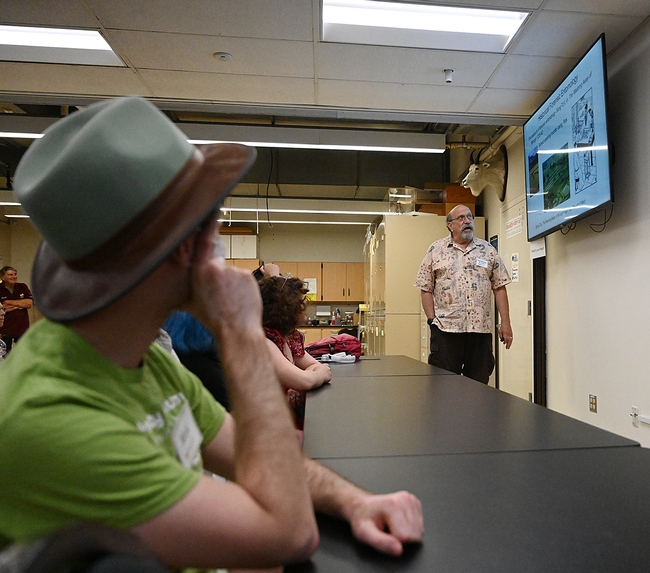
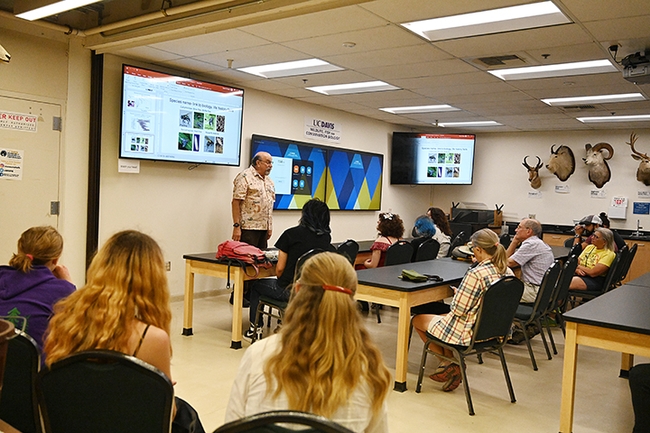
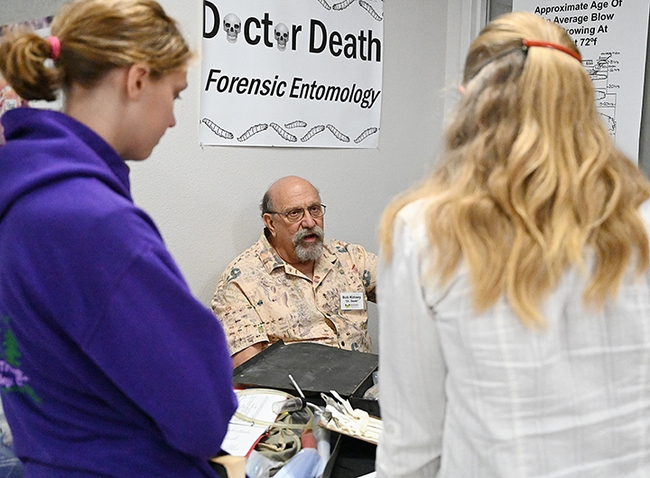
- Author: Kathy Keatley Garvey
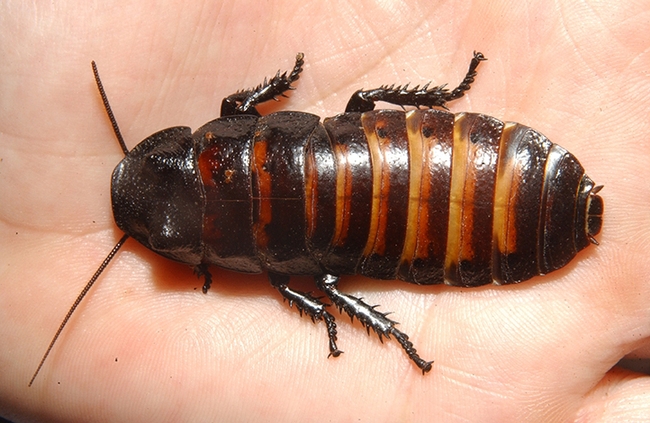
That's the theme of the Bohart Museum of Entomology open house when the scientists and associates greet visitors during the 109th annual campuswide UC Davis Picnic Day on Saturday, April 15.
The Bohart will be open from 10 a.m. to 2 p.m.
The location: Room 1124 of the Academic Surge building, 455 Crocker Lane, UC Davis campus.
The Bohart Museum, the seventh largest insect collection in North America, houses a global collection of eight million insect specimens. Plus, it features a live "petting zoo" of Madagascar hissing cockroaches, stick insects (walking sticks), tarantulas and many more. You'll meet Princess Herbert, a Brazilian salmon-pink bird-eating tarantula; Peaches, a Chilean rose hair tarantula; CocoMcFluffin, aChaco golden knee tarantula; and a Vietnamese centipede named Beatrice. Research associate Brittany Kohler serves as "the zookeeper."
The Bohart Museum also provides an insect-theme gift shop, stocked with books, posters, jewelry, t-shirts, hoodies and collecting equipment.
The Bohart Museum, founded in 1946 by the late professor Richard Bohart, is directed by UC Davis distinguished professor Lynn Kimsey, who received her doctorate in 1976 from UC Davis, studying with Bohart.
Entomological activities at Briggs Hall will take place from 9 a.m. to 5 p.m. (See Bug Squad)
Here's a video created by the College of Agricultural and Environmental Sciences that offers a quick look at the Bohart.
- Author: Kathy Keatley Garvey
What's a picnic without bugs?
UC Davis entomologists--students, faculty, staff and emeriti--will set up educational and entertaining displays at the 109th annual UC Davis Picnic Day, set Saturday, April 15. The "bug" exhibits will be at two sites:
- Briggs Hall, home of the UC Davis Department of Entomology and Nematology, Kleiber Hall Drive, from 9 a.m. to 5 p.m., and
- Bohart Museum of Entomology, located in Room 1124 of the Academic Surge Building, 455 Crocker Lane, from 10 a.m. to 2 p.m.
Theme of the Bohart Museum will be "Bugs, Boom, Bang!" The insect museum houses a global collection of eight million insect specimens, a live "petting zoo" (including Madagascar hissing cockroaches, stick insects and tarantulas) and an insect-themed gift shop.
Forensic entomologist Bob Kimsey, and doctoral student Grace Horne of the lab of urban landscape entomologist Emily Meineke are coordinating the department's Picnic Day activities. Bohart Museum Picnic Day coordinators are UC Davis distinguished professor Lynn Kimsey, director of the Bohart, and Tabatha Yang, education and outreach coordinator.
Cockroach races are among the popular activities at Briggs Hall. The roaches will run from 11 a.m. to 3 p.m. on a specially made race track in front of the building. These are American cockroaches, Periplaneta americana, from a colony kept by the late UC Davis entomology emeritus professor, Charles Judson (1926-2015). Bob Kimsey, who doubles as the advisor of the UC Davis Entomology Club, maintains the roach colony and is assuring everyone that the athletes"are ready to race."
The roach races involve a roach track, an air pump (to get the roaches moving), volunteers, and spectators. Sometimes a roach jumps from the track and lands on scurrying feet.
The line-up of entomological events at Briggs Hall also includes:
Bug Doctor
Briggs Hall Entryway
9 a.m. to 5 p.m.
Meet an entomologist and talk about insects! Bring an insect from your garden to identify.
Maggot Art
Briggs Hall Courtyard
9 a.m. to 5 p.m.
Create maggot art by dipping a live maggot into water-based, non-toxic paint. Voila! Art suitable or framing (or at least a spot on the refrigerator door
Dr. Death
Room 122 of Briggs Hall
9 a.m. to 5 p.m.
Forensic entomologist Robert Kimsey will display and discuss his research
Entomology at UC Davis
Room 122 of Briggs Hall
9 a.m. to 5 p.m.
Displays of insects, including bees, ants and more
Graduate students, faculty and emeriti will staff the tables
Scavenger Hunt
Room 122 of Briggs Hall
9 a.m. to 5 p.m.
There will be several drawers of insects that people can look through to see if they can spot the insects on the check list
Fly-Tying
Briggs Hall courtyard
9 a.m. to 5 p.m.
Fly Fishers of Davis will show you how to tie a fly.
Insect-Themed T-shirt Sales
Briggs hall entryway
9 a.m. to 3 p.m.
Members of the Entomology Graduate Student Association (EGSA) will be selling popular insect-themed t-shirts, including "The Beetles"
Mosquito Control
Briggs Hall entrance
9 a.m. to 5 p.m.
Sacramento-Yolo Mosquito and Vector Control District will be providing information on mosquitoes and how to protect yourself
Other Creepy Crawlies
122 Briggs Hall
9 a.m. to 5 p.m.
UC Davis doctoral candidate Emma Jochim of the Jason Bond lab and others will display live arachnids, myriapods, tarantulas, scorpions, millipedes and more
UC Statewide Integrated Pest Management (UC IPM)
Briggs Hall Courtyard
9 a.m. to 5 p.m.
Learn about pests and how to control them from UC IPM scientists. The staff will be giving away lady beetles, aka ladybugs.
The UC Davis Honey and Pollination Center, headed by director Amina Harris and affiliated with the UC Davis Department of Entomology and Nematology, will host a honey tasting from 10 a.m. to 2 p.m. in the courtyard of Robert Mondavi Institute for Wine and Food Science, 392 Old Davis Road. "Come taste and learn about UC Davis honey and honey varietals from North America," she said. "Honey available for purchase."
The UC Davis Department of Entomology and Nematology is chaired by nematologist and professor Steve Nadler. Molecular geneticist-physiologist and professor Joanna Chiu serves as the vice chair.
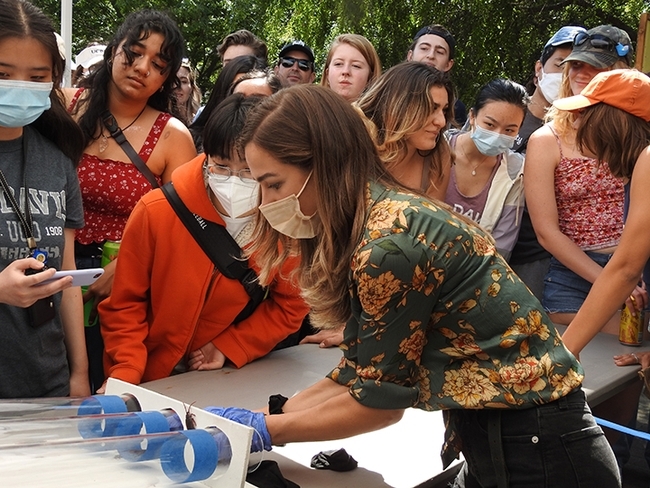
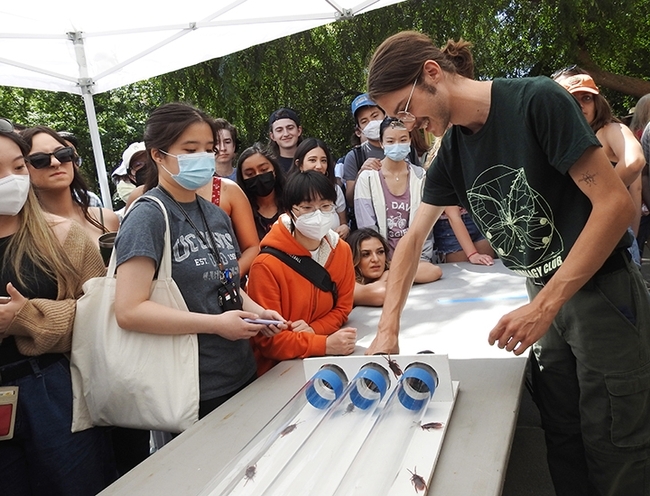
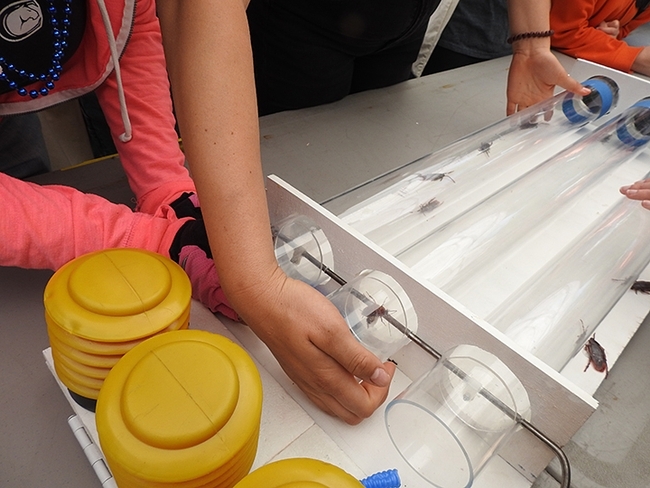
- Author: Kathy Keatley Garvey
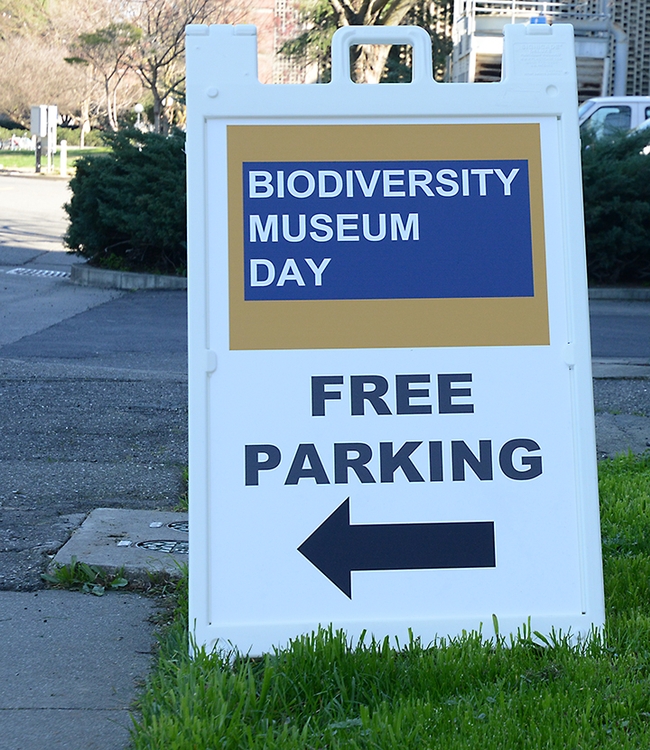
The 12th annual event, set Saturday, Feb. 18 on the UC Davis campus, will showcase 11 museums or collections. Known as a "Super Science Day" and a day to chat with scientists and check out the displays, it's free and family friendly.
All sites are within walking distance of the campus except for the Raptor Center, which is two miles away on Old Davis Road. Maps and directions are posted on the website. The maps also will be available the day of the event.
The UC Davis Biodiversity Museum Day is traditionally held during Presidents' Weekend. The list of the 11 museums or collections:
- Anthropology Museum, 328 Young Hall and grounds, noon to 4 p.m.
- Arboretum and Public Garden, Habitat Gardens in the Environmental GATEway, adjacent to the Arboretum Teaching Nursery on Garrod Drive, 9 a.m. to 1 p.m.
- Bohart Museum of Entomology, Room 1124 and main hall of the Academic Surge Building, Crocker Lane, 9 a.m. to noon and 1 to 4 p.m.
- Botanical Conservatory, the greenhouses along Kleiber Hall Drive, 11 a.m. to 3 p.m.
- California Raptor Center, 340 Equine Lane, off Old Davis Road, 9 a.m. to 3 p.m.
- Center for Plant Diversity, Sciences Laboratory Building/Esau Science Hall, off Kleiber Hall Drive, 11 a.m. to 3 p.m.
- Nematode Collection, Sciences Laboratory Building/Esau Science Hall, off Kleiber Hall Drive, 9 am. to 3 p.m..
- Marine Invertebrate Collection, Sciences Laboratory Building/Esau Science Hall, off Kleiber Hall Drive, 9 am. to 3 p.m.
- Museum of Wildlife and Fish Biology, Room 1394, Academic Surge Building, 455 Crocker Lane, 10 a.m. to 2 p.m.
- Paleontology Collection, Department of Earth and Planetary Sciences, 1309 Earth and Physical Sciences Building, 434 LaRue Road, 12 noon to 4 p.m.
- Phaff Yeast Culture Collection, Robert Mondavi Institute Brewery and Food Processing facility, Old Davis Road, 10 a.m. to 2 p.m. (See news story)
Tabatha Yang, education and outreach coordinator of the Bohart Museum of Entomology, chairs the UC Davis Biodiversity Museum Day and is a founder of the event.
Those who wish to donate to the UC Davis Biodiversity Museum Day can access the crowdfunding site. Donations may be made in honor or memory of someone, said Yang. A donor wall is online.
For more information, see the Biodiversity Museum Day website.
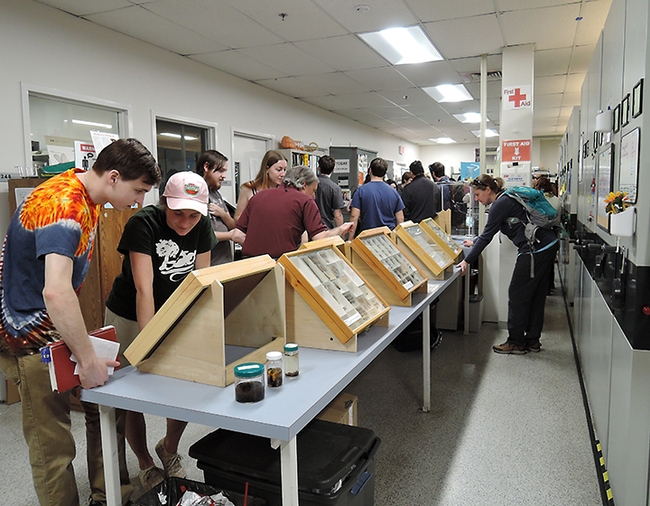
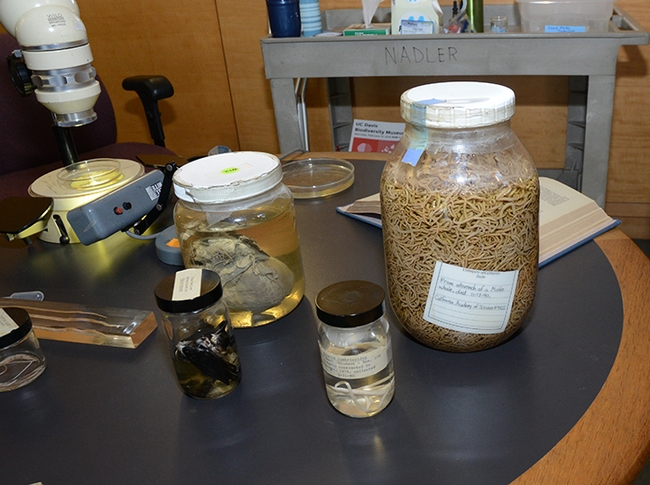
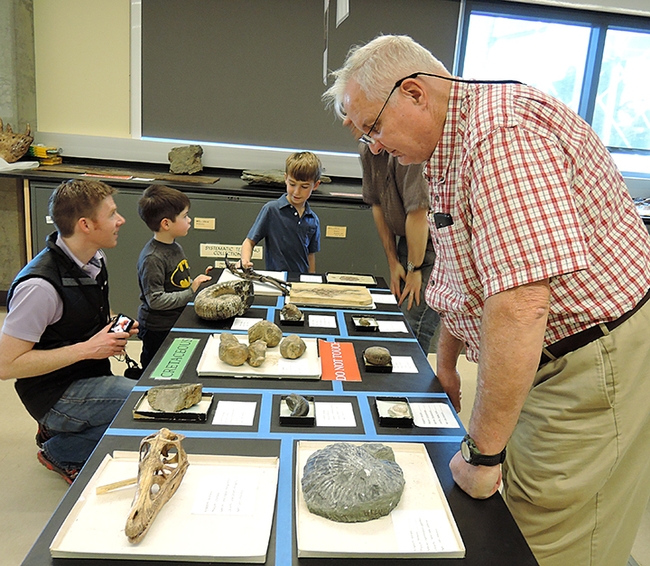
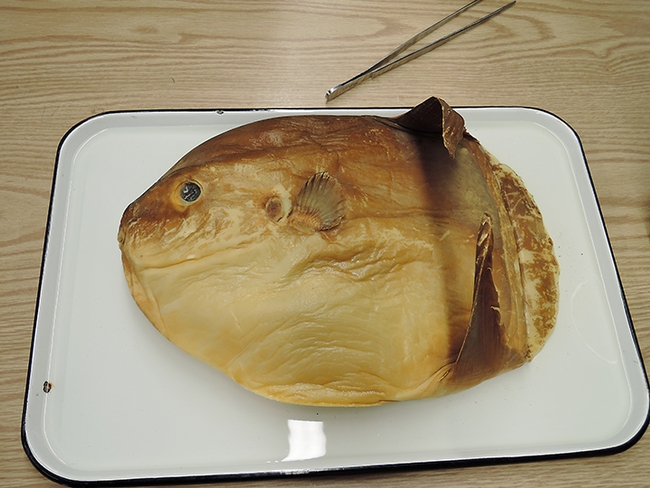
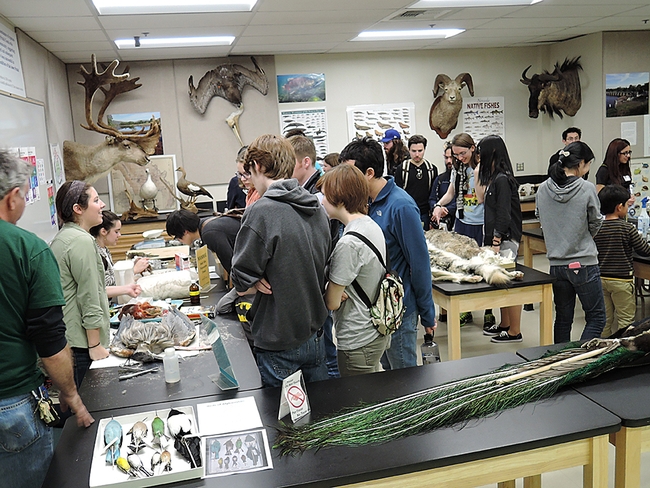
- Author: Kathy Keatley Garvey
The 12th annual UC Davis Biodiversity Museum Day, billed as "A Day to Celebrate Science," is set for Saturday, Feb. 18. Traditionally held during Presidents' Day Weekend, the event is free and family friendly. Parking is also free.
Biodiversity Museum Day chair Tabatha Yang, education and outreach coordinator for the Bohart Museum of Entomology, today announced that 11 museums or collections on campus will showcase their work:
- Anthropology Museum, 328 Young Hall and grounds, noon to 4 p.m.
- Arboretum and Public Garden, Shields Oak Grove, alongside the Vet School, Garrod Drive on campus, 9 a.m. to 1 p.m.
- Bohart Museum of Entomology, Room 1124 and Main Hall of the Academic Surge Building, Crocker Lane, 9 a.m. to noon and 1 to 4 p.m.
- Botanical Conservatory, the Greenhouses along Kleiber Hall Drive, 11 a.m. to 3 p.m.
- California Raptor Center, 340 Equine Lane, off Old Davis Road, 9 a.m. to 3 p.m. (tentative)
- Center for Plant Diversity, Sciences Laboratory Building, off Kleiber Hall Drive, 11 a.m. to 3 p.m.
- Nematode Collection, Sciences Laboratory Building, off Kleiber Hall Drive, 9 am. to 3 p.m.
- Marine Invertebrate Collection (Sciences Laboratory Building), noon to 3 p.m.
- Museum of Wildlife and Fish Biology, Room 1394, Academic Surge Building, Crocker Lane, 10 a.m. to 2 p.m.
- Paleontology Collection, Earth and Physical Sciences Building, 434 LaRue Road, to be determined
- Phaff Yeast Culture Collection, Robert Mondavi Institute Brewery, Winery and Food Processing facility, 10 a.m. to 2 p.m. (See news story)
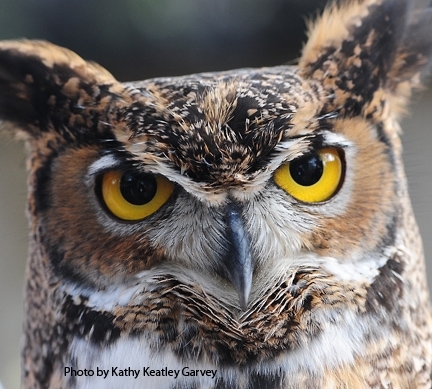
Biodiversity Museum Day is considered a great opportunity to celebrate the diversity and variety of species on planet Earth and learn about the research being done at UC Davis. The event is also considered a great opportunity for scientists-to-be to consider their career options. Some of the museums and collections are open to the public only on Biodiversity Museum Day, Yang said.
